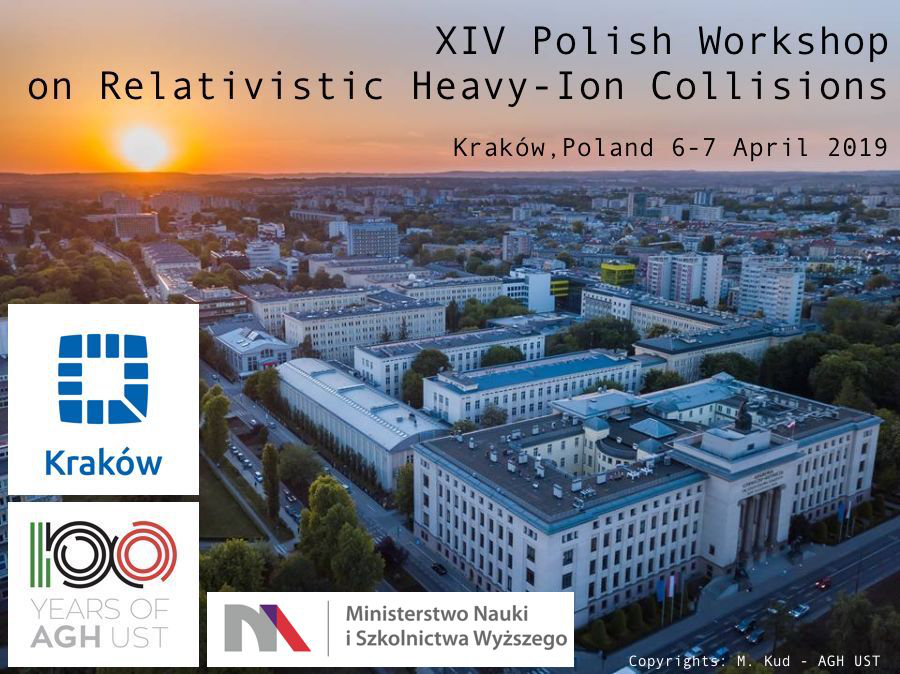Speaker
Description
We calculate total and differential cross sections
for $J/\psi$ photoproduction in ultrarelativistic lead-lead collisions
at the LHC energy $\sqrt{s_{NN}}=2.76$ TeV.
In the present approach we use a simple model based on vector dominance
picture and multiple scattering of the hadronic ($c \bar c$) state
in a cold nucleus as an example.
In our analysis we use both the classical mechanics and quantum (Glauber)
formulae for calculating $\sigma_{tot,J/\psi Pb}$ which is a building
block of our model.
We compare our UPC results with ALICE and CMS data.
For semi-central collisions ($b < R_A+R_B$)
a modification of the photon flux is necessary.
We discuss different motivated by physics approximations.
We try to estimate the cross sections for different centrality bins
and for $J/\psi$ mesons emitted in forward rapidity range ($2.5 < y <4$)
corresponding to recent ALICE experimental results.
Reasonable results are obtained and open questions are discussed.
We study the invariant-mass distributions of dileptons produced in
ultrarelativistic heavy-ion collisions at very low pair transverse
momenta, $P_T\leq 0.15$ GeV.
Specifically, we investigate the interplay of thermal radiation with
initial photon annihilation processes, $\gamma \gamma \to l^+ l^-$,
triggered by the coherent electromagnetic fields of the incoming
nuclei. For the thermal radiation, we employ the emission from the QGP
and hadronic phases with in-medium vector spectral functions
which describes the inclusive excess radiation observed over a wide
range of collision energies.
For the coherent photon fusion processes, whose spectrum is much softer
than for thermal radiation, we employ initial fluxes from the Fourier
transform of charge distributions of the colliding nuclei in
the equivalent-photon approximation.
We first verify that the combination of photon fusion, thermal
radiation and final-state hadron decays gives a fair description of
the low-$P_T$ invariant-mass as well as $P_T$ spectra as recently
measured by the STAR collaboration in $\sqrt{s_{NN}}$=200 GeV Au+Au
collisions for different centrality classes, including experimental
acceptance cuts. The coherent contribution dominates in peripheral
collisions, while thermal radiation shows a markedly
stronger increase with centrality. We extend the calculations to
lower collision energies ($\sqrt{s_{NN}}$=17.3 GeV) and compare to
the acceptance-corrected dimuon excess spectra measured by the
NA60 experiment at the CERN SPS; the contribution from
photoproduction turns out to be subleading. We also provide predictions
for the ALICE experiment at the LHC. The resulting
excitation function from SPS to LHC energies reveals a nontrivial
interplay of photoproduction and thermal radiation.
